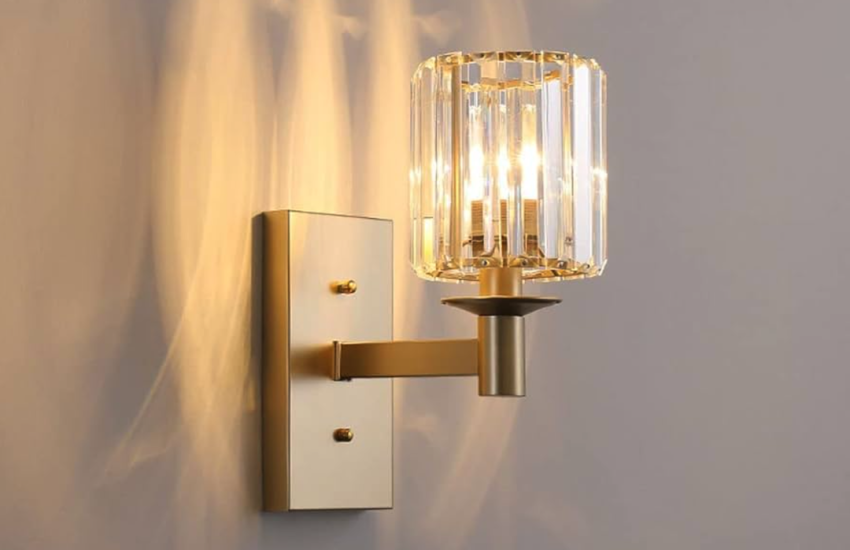
Introduction
Electricity has become a necessity for modern living, but it wasn’t always so. Before the invention of electricity, people relied on lamps to illuminate their homes and surroundings. While electrical lamps have become the norm, there is still something charming and magical about non-electrical lamps.
History of Non-Electrical Lamps
Non-electrical lamps have been used for centuries, dating back to ancient Rome and Greece. The earliest non-electrical lamps were made from natural materials like shells, stones, and pottery. These lamps were fueled by oil or animal fat and used wicks made from materials like reeds or moss. In the Middle Ages, lamps made from metal and glass became popular, with many being decorated with intricate designs.
Types of Non-Electrical Lamps
There are many types of non-electrical lamps, each with unique designs and fuel sources. Some of the most popular types include:
Oil lamps:
Oil lamps are one of the oldest types of non-electrical lamps. They are fueled by various oils, including vegetable, olive, and kerosene. Oil lamps are typically made from glass or pottery, and they can be very decorative.
Candle lamps:
Candle lamps are simple yet elegant lamps that use candles as their fuel source. They can be made from a variety of materials, including metal, glass, and wood. Candle lamps are often used for ambiance, as they produce a soft, warm light.
Gas lamps:
Gas lamps were popular during the Victorian era and were fueled by coal gas. They were often used for outdoor lighting, as they provided a bright light that could illuminate a large area.
Solar lamps:
Solar lamps use solar energy to power LED lights, making them an eco-friendly alternative to traditional lamps. They are typically used for outdoor lighting, as they don’t require any electricity to operate.
Uses of Non-Electrical Lamps
Non-electrical lamps have a variety of uses, both practical and decorative. In the past, they were used for lighting homes, streets, and public spaces. Today, non-electrical lamps are often used for ambiance, as they create a warm and cozy atmosphere in any space. They are also popular for camping, as they can be used in remote locations where electricity is not available.

